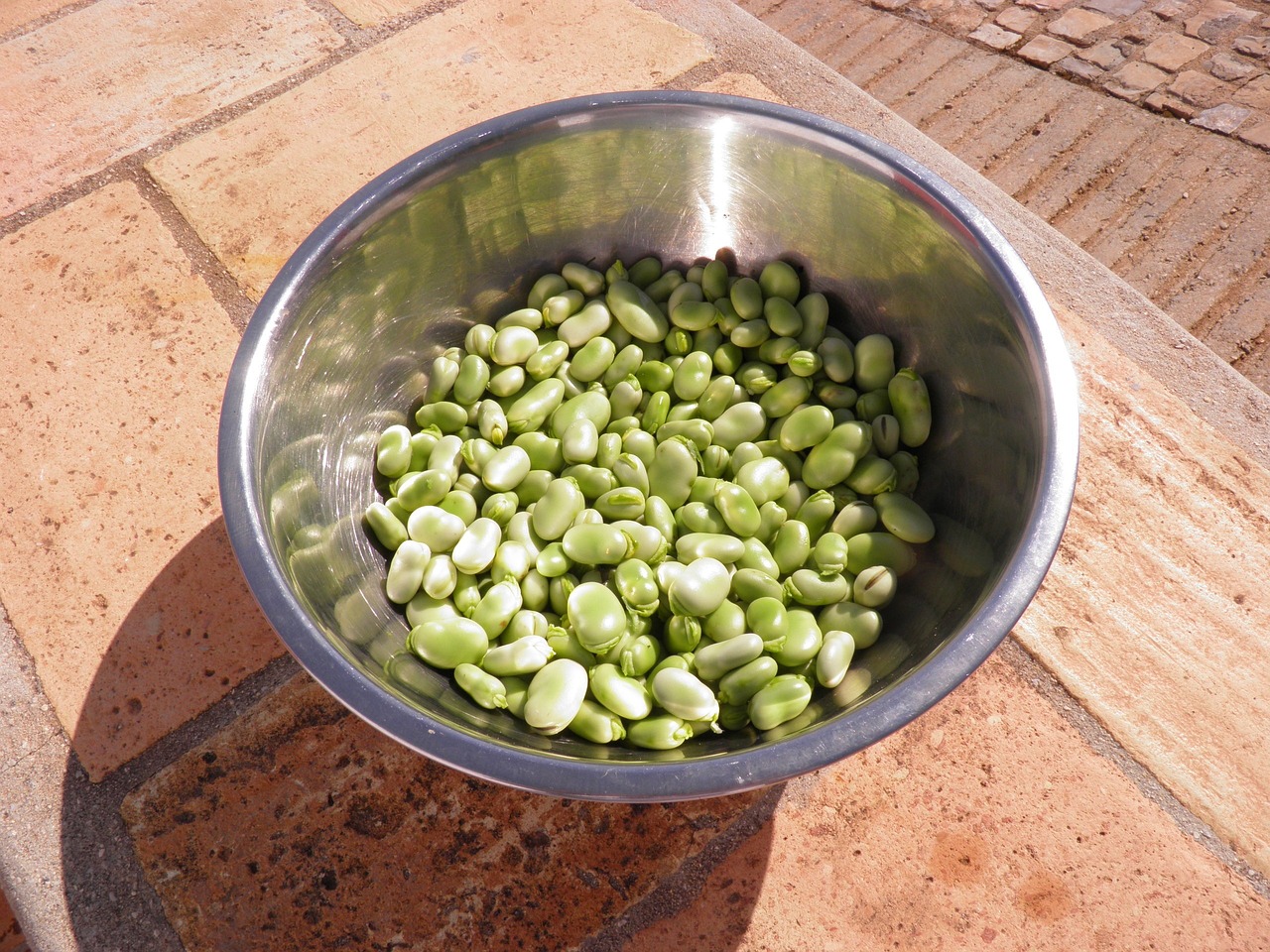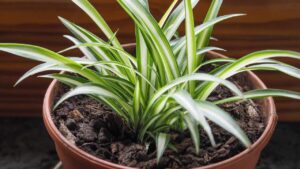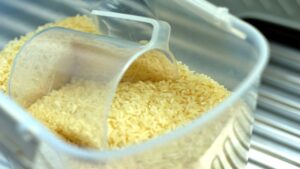When and Why to Trim Broad Beans
Achieving an abundant harvest requires employing correct techniques, which perhaps professionals themselves adopt. Even without the most sophisticated tools, splendid results are possible as long as the correct methods are applied. What we’re going to discuss is the trimming of broad beans—a simple process but one that sometimes raises doubts. To remove any doubts about the steps to follow, continue reading. By the end, you’ll be confident in handling them independently!
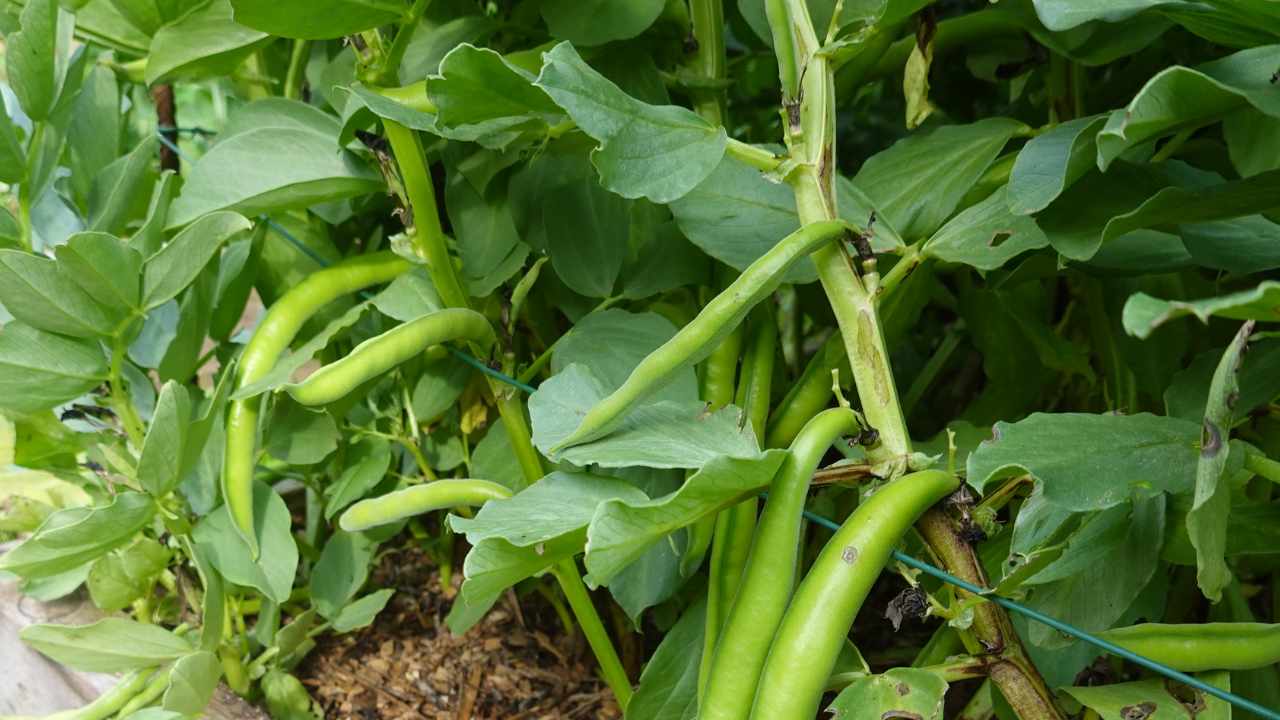
Trimming broad beans: when to do it and for what reason
For optimal bean performance, it’s best to inform yourself well before implementing any method. Relying on last-minute improvisation may only lead to problems. Delving into the details of trimming, the best time for this process is the beginning of June.
Don’t wait too long, as excessive humidity or sultry heat could potentially ruin the outcome. This advice is general and should be tailored to the specific characteristics of your local area.
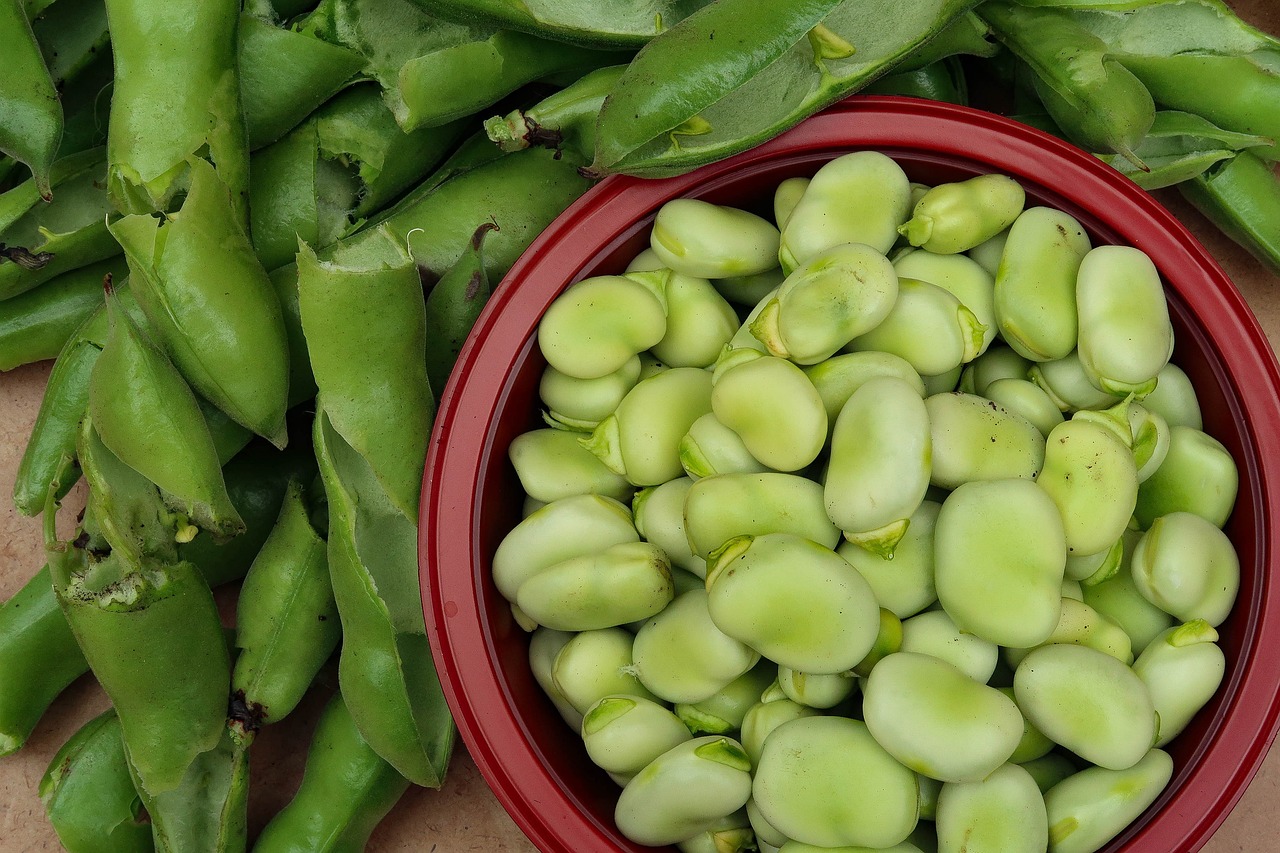
In general, trimming beans should be done when the plant reaches the desired height: you can understand this from the emergence of the first pods on the lateral branches. Make a clean cut of the last 10 cm at the end of the dominant stem using a sharp and disinfected pruning knife. Be cautious not to cut too much, as excessive trimming may harm the main stem. This approach promotes the lush production of flowers and fruits.
Removing the tip will also decrease the chances of the plant becoming infested with pests, as it is the favorite part for “aphids and company.” Unless in emergencies, avoid conducting antifungal and antiparasitic treatments. After trimming the beans, provide regular irrigation and use a natural fertilizer with low nitrogen content. Finally, to maintain soil humidity, continue with the usual mulching, which is also effective in preventing weed development.
